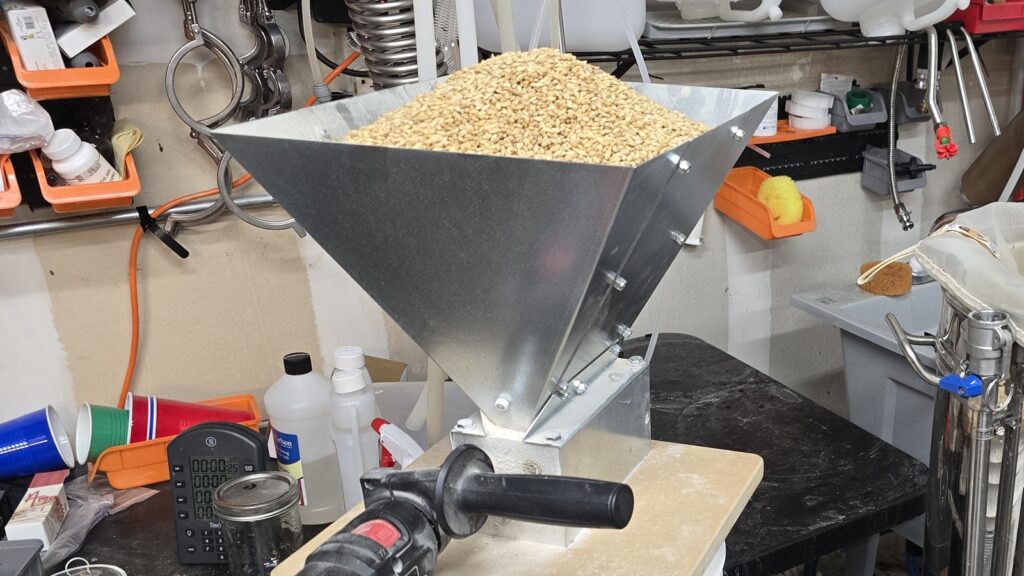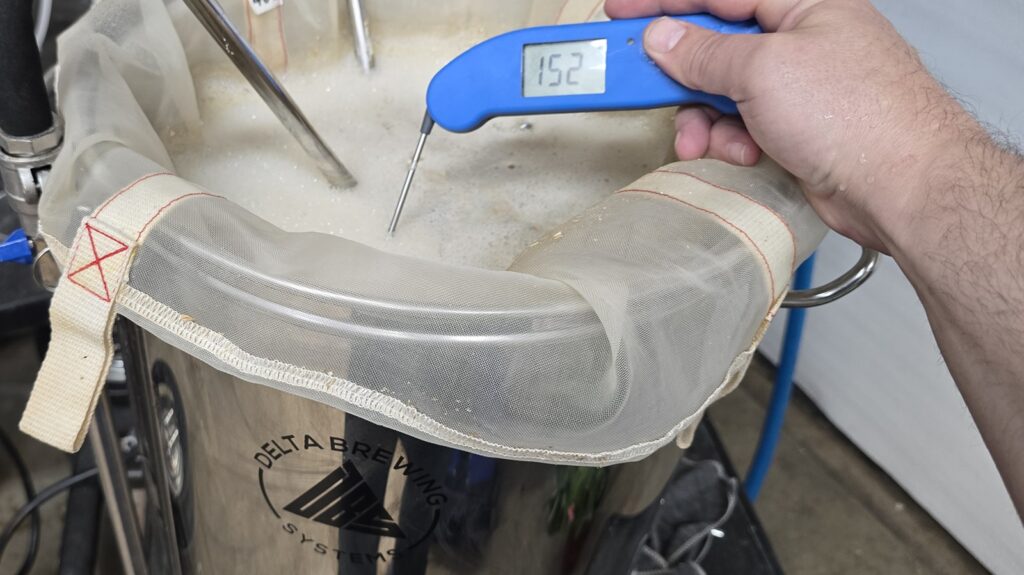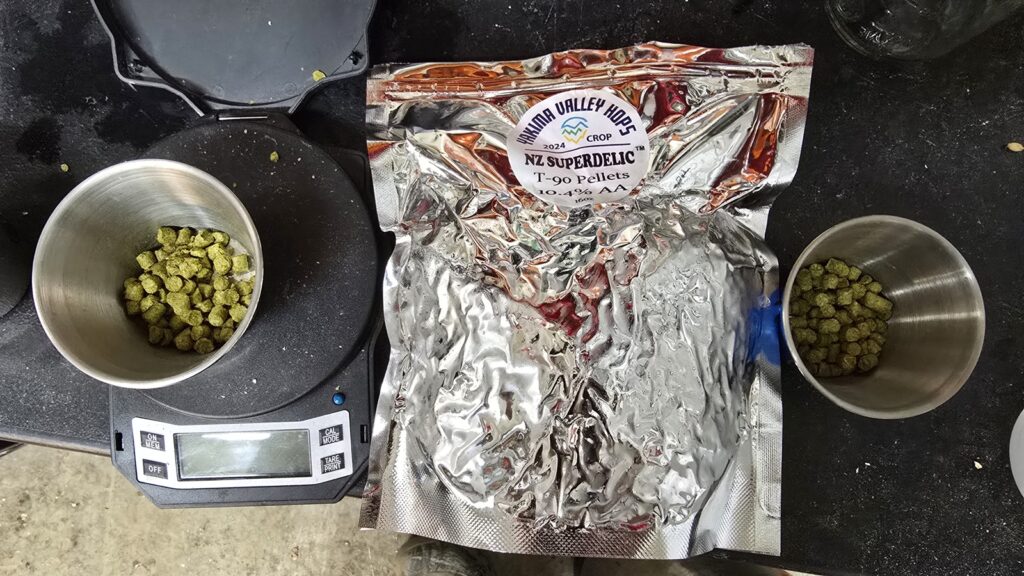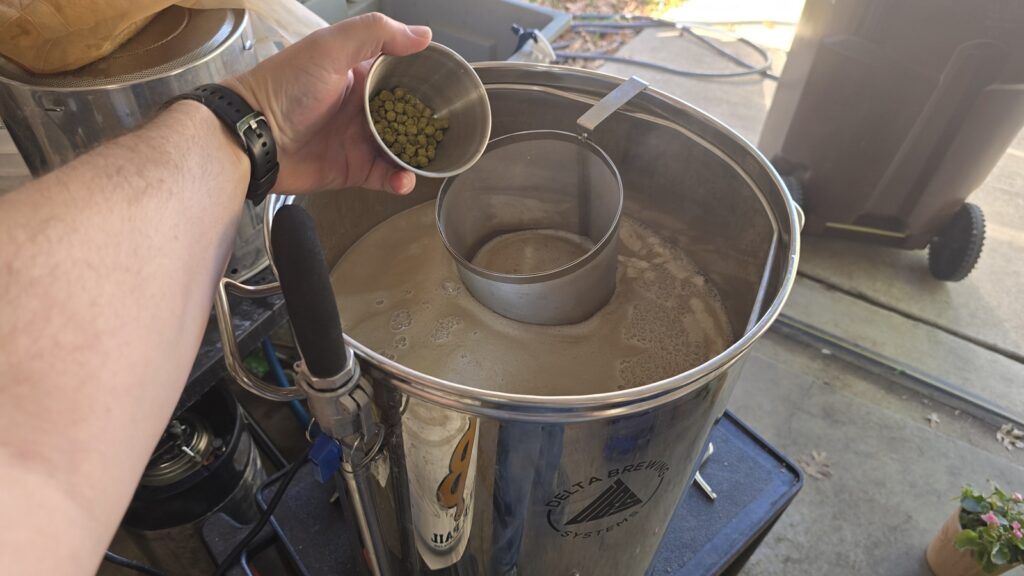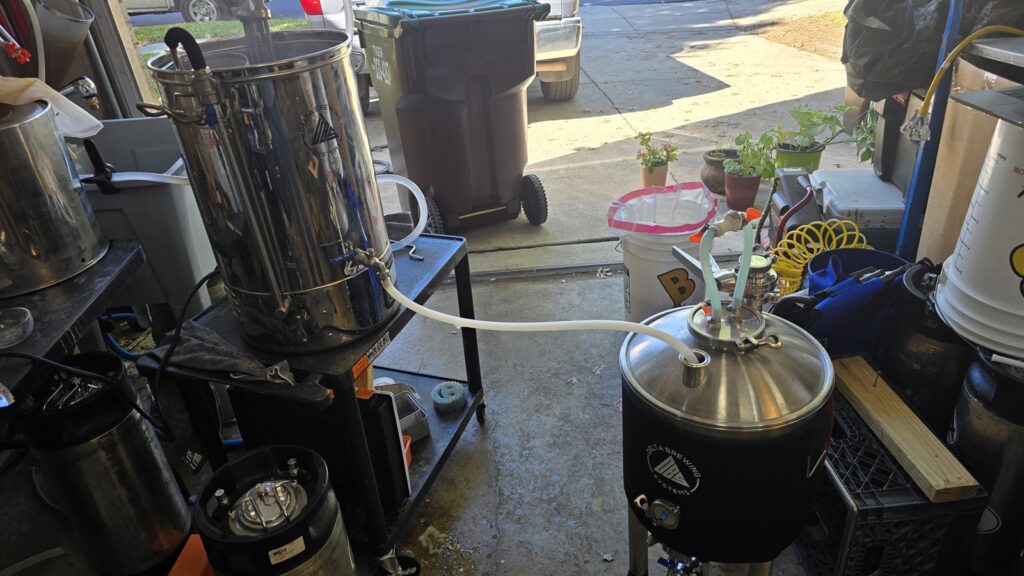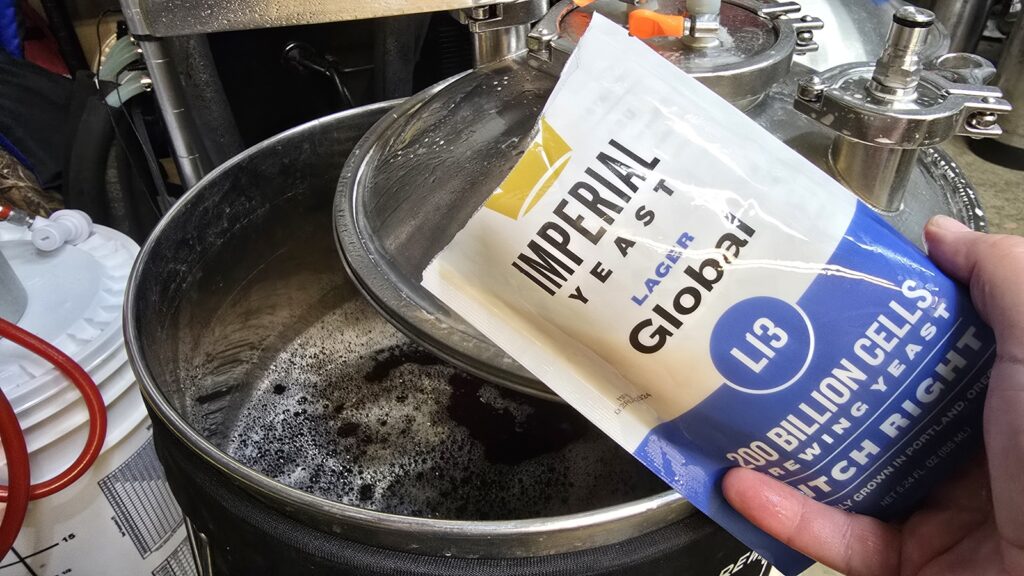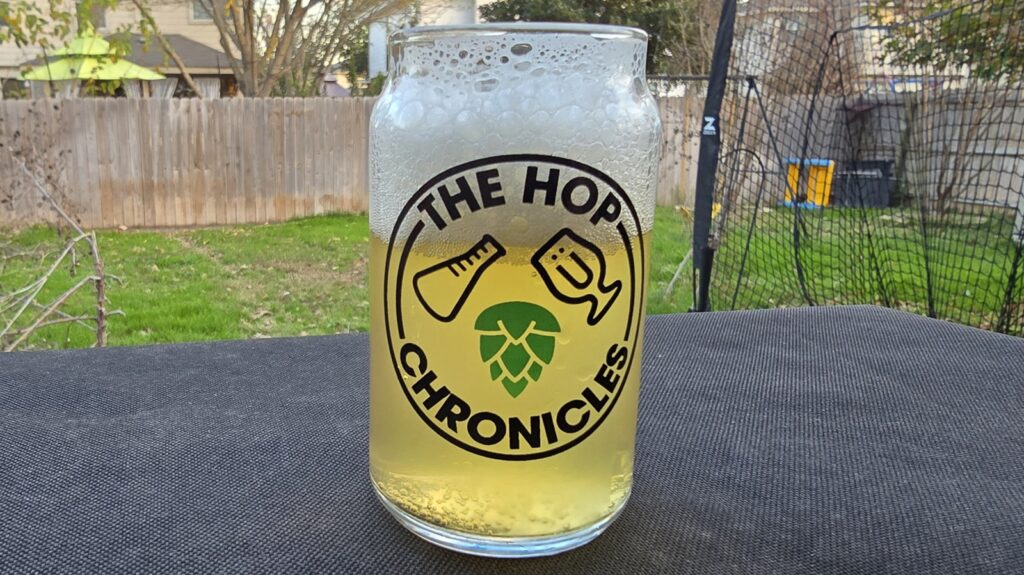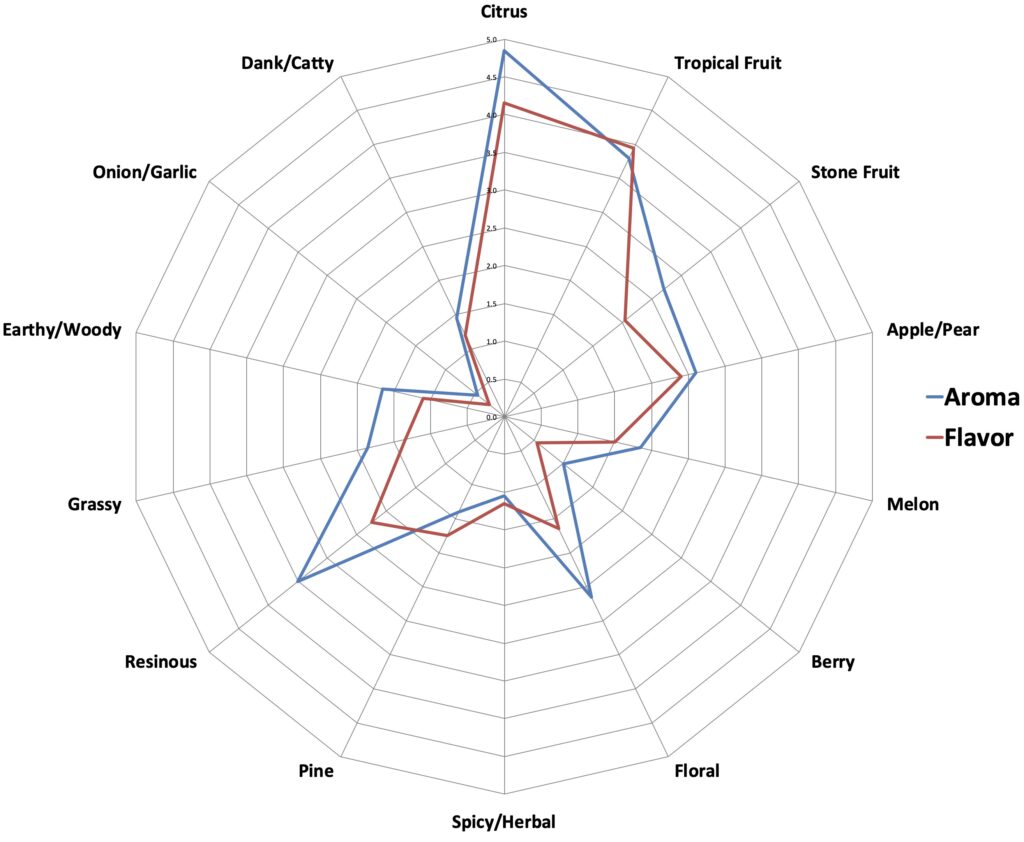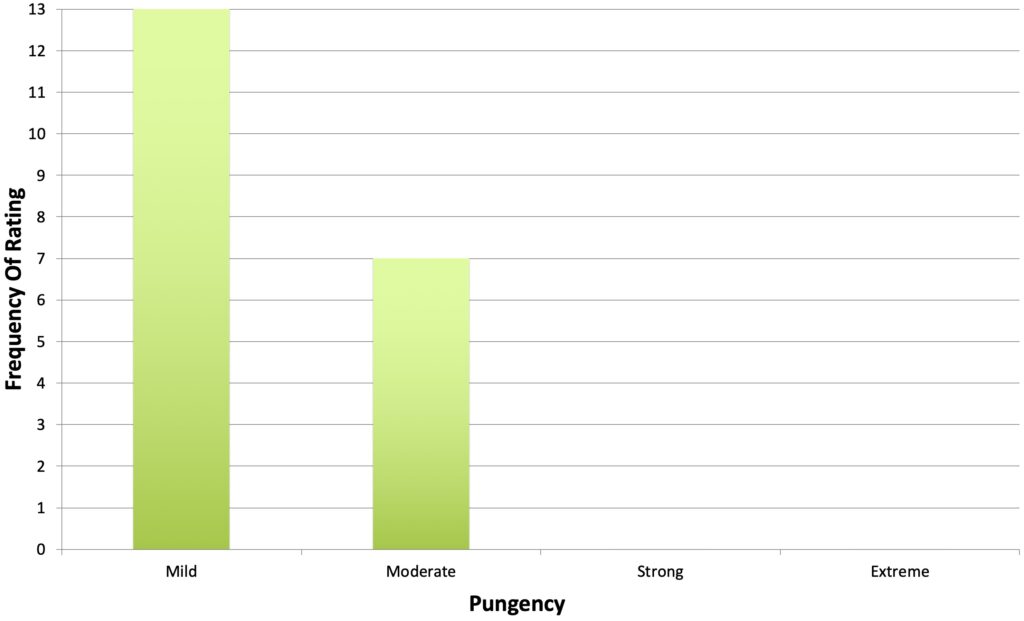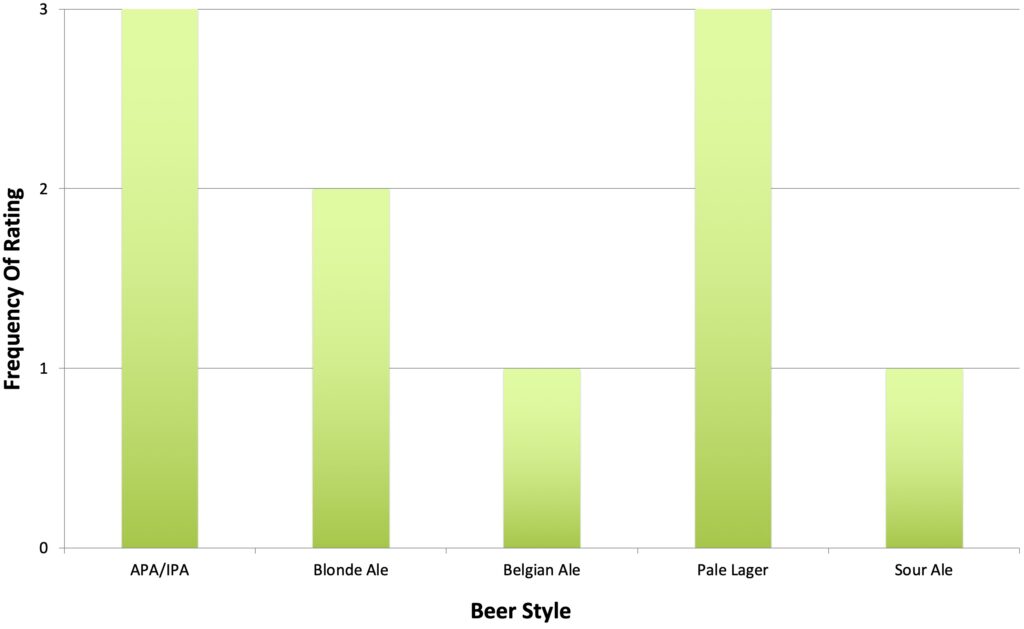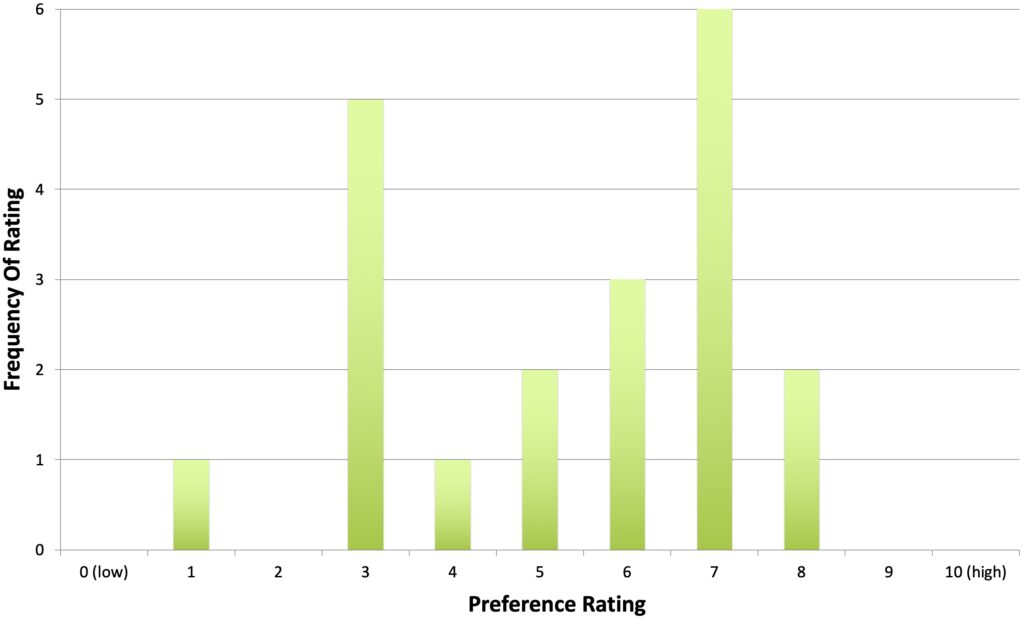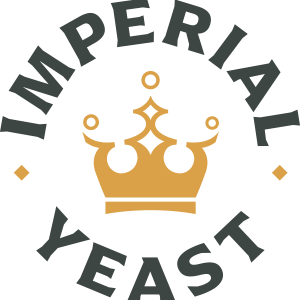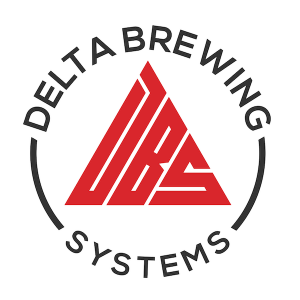Author: Will Lovell
As one of the newest varieties released by NZ Hops, brewers might expect Superdelic to contribute pungent fruity notes to beer, which existing descriptors confirm. However, it’s also noted for its ability to impart a unique sweet candy note that pairs well with other hop characteristics, while being loaded with biotransformation precursors, meaning fermentation with certain yeasts can pull out even more desirable aromas and flavors.
Alpha: 9 – 10.5%
Beta: 2.9 – 3.6%
Cohumulone: 26 – 30% of alpha acids
Total Oil: 1.3 – 2.2 mL/100g
Myrcene: 20 – 35%
Humulene: 20 – 30%
Caryophyllene: 7.5 – 12%
Farnesene: 0.1 – 0.5%
Linalool: 0.4 – 0.7%
Geraniol: 1.2 – 2.0%
ß-Pinene: 0.1 – 0.3%
Parentage: Limited information available; possesses European and North American ancestry
I’ve had good luck over the years using New Zealand hops, which tend to be packed with the fruity notes I love in my hoppy ales. When I first learned about Superdelic, I was quick to sang some and my knee-jerk reaction was to put it to use in an IPA. However, I was also curious how it might play when used moderately in a simple pale lager.
| MAKING THE BEER |
I went with our standard Hop Chronicles pale lager recipe for this batch, making small adjustments to the kettle hop additions to keep the bitterness in check.
Superdelic Pale Lager
Recipe Details
| Batch Size | Boil Time | IBU | SRM | Est. OG | Est. FG | ABV |
|---|---|---|---|---|---|---|
| 5.5 gal | 60 min | 22.1 | 3.5 SRM | 1.046 | 1.007 | 5.12 % |
| Actuals | 1.046 | 1.007 | 5.12 % | |||
Fermentables
| Name | Amount | % |
|---|---|---|
| Llano Pilsner | 10.75 lbs | 100 |
Hops
| Name | Amount | Time | Use | Form | Alpha % |
|---|---|---|---|---|---|
| Superdelic | 8 g | 60 min | Boil | Pellet | 10.4 |
| Superdelic | 10 g | 30 min | Boil | Pellet | 10.4 |
| Superdelic | 10 g | 5 min | Boil | Pellet | 10.4 |
Yeast
| Name | Lab | Attenuation | Temperature |
|---|---|---|---|
| Global (L13) | Imperial Yeast | 77% | 46°F - 55.9°F |
Notes
| Water Profile Ca 53 | Mg 0| Na 0 | SO4 58 | Cl 50 |
Download
| Download this recipe's BeerXML file |
I started this brew day by collecting the full volume of water, adjusting it to my desired profile, and flipping the switch on my Delta Brewing Systems AIO to get it heating up before weighing out and milling the grain.
When the water was properly heated, I incorporated the grains then checked to ensure the mash was at my desired temperature.
During the mash rest, I prepared the kettle hop additions.
Once the 60 minute mash was complete, I removed the grains and proceeded to boil for 60 minutes, adding hops at the times stated in the recipe.
When the boil was complete, I quickly chilled the wort then transferred it to a sanitized FermTank.
A refractometer reading showed the wort was at my target OG.

After transferring the wort to a sanitized fermented, I direct pitched a pouch of Imperial Yeast L13 Global.
The beer was left to ferment at 64°F/17°C for a week before I took a hydrometer measurement confirming FG was reached.
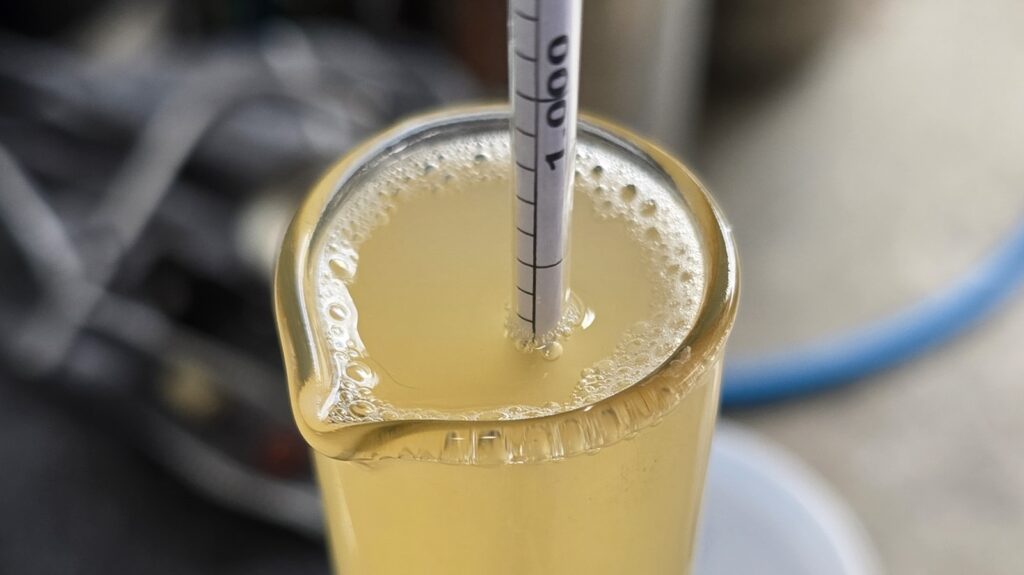
With fermentation complete, I cold crashed the beer then pressure-transferred it to a CO2 purged keg, which was placed in my kegerator and burst carbonated overnight before the gas was reduced to serving pressure. After a couple weeks of conditioning, it was ready to serve to blind tasters.
| METHOD |
Participants were instructed to focus only on the aromatic qualities of the beer before evaluating the flavor. For each aroma and flavor descriptor, tasters were asked to write-in the perceived strength of that particular characteristic on a 0-9 scale where a rating of 0 meant they did not perceive the character at all and a 9 rating meant the character was extremely strong. Once the data was collected, the average rating of each aroma and flavor descriptor was compiled and analyzed.
| RESULTS |
A total of 20 people participated in the evaluation of this beer, all blind to the hop variety used until after they completed the survey. The average aroma and flavor ratings for each descriptor were plotted on a radar graph.
Average Ratings of Aroma and Flavor Perceptions
The 3 characteristics endorsed as being most prominent by participants:
| Aroma | Flavor |
| Citrus | Citrus |
| Tropical Fruit | Tropical Fruit |
| Resinous | Stone Fruit |
The 3 characteristics endorsed as being least prominent by participants:
| Aroma | Flavor |
| Onion/Garlic | Onion/Garlic |
| Berry | Berry |
| Spicy/Herbal | Earthy/Woody |
Next, participants were asked to rate the pungency/strength of the hop.
Tasters were then instructed to identify beer styles they thought the hop would work well in.
Finally, participants were asked to rate how much they enjoyed the hop character on a 0 to 10 scale.
My Impressions: Despite not being hopped to high heaven, the most notable characteristic I picked up from this single-hop Superdelic pale lager was tropical fruit, namely guava with a hint of ripe melon. While not what I typically expect from in a classic pale lager, this beer was as delicious as it was unique.
| CONCLUSION |
It seems new hop varieties are entering the market at a fairly rapid pace, most of which are targeted toward brewers of modern IPA, which are expected to packed with fruity aromas and flavors. While the United States continues to be a hotbed for these new varieties, New World hops, those grown in Australia and New Zealand, have also taken the brewing world by storm, with one relatively new variety being Superdelic. Released by New Zealand’s NZ Hops, Superdelic is said to contribute intense fruity notes to beer along with a unique sweet candy characteristic that works well in modern IPA.
The most prominent aroma and flavor characteristics noted by people who evaluated a pale lager made solely with Superdelic were citrus and tropical fruit while onion/garlic and berry were the least endorsed characteristics. While the survey does not indicate the extent to which tasters perceived candy-like sweetness, some tasters’ descriptions in post-evaluation conversations alight with this claim. Interestingly, the number of tasters who felt Superdelic would work well in APA/IPA was equal to the number who endorsed pale lager, which may be a function of the fact this beer was a moderately hopped pale lager.
Consistent with existing descriptors for Superdelic, I felt the most prominent hop characteristic in this beer as being tropical fruit, and it was surprisingly pungent considering the amount of hops that were used. I typically feel single-hop beers are a bit unidimensional, but this certainly was not, and I suspect using it alongside other varieties will yield great results. Given claims that Superdelic possesses biotransformation precursors, I’ll definitely be experimenting more with this delightful variety.
Idaho Gem hops are available now at Yakima Valley Hops, get some while you can! If you have any thoughts on this variety, please feel free to share them in the comments section below.
Support Brülosophy In Style!
All designs are available in various colors and sizes on Amazon!
Follow Brülosophy on:
FACEBOOK | TWITTER | INSTAGRAM
If you enjoy this stuff and feel compelled to support Brulosophy.com, please check out the Support page for details on how you can very easily do so. Thanks!



